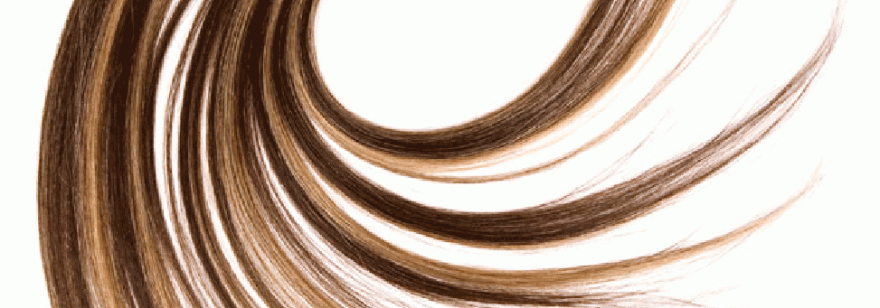TL;DR - Hair drug test results require expert interpretation as positive readings don't always indicate current drug use. Over 15% of hair drug test interpretations yield inaccurate results due to factors including resting hair (which can show drugs for up to 6 months after cessation), chemical treatments and dyes (removing 40-80% of drug traces), hair colour variations (darker hair retains more metabolites than lighter hair), collection area differences (results can vary by 20%), and inconsistent hair growth rates (0.5-2cm per month). Without proper analysis of these factors, misinterpretation can cause delays and potential miscarriages of justice in court cases.
Hair drug testing can be used to determine drug abuse over a prolonged period of time, and also allows solicitors to establish a client’s pattern of change. Many drug abusers will make the commitment to stop, and you therefore need an accurate test to verify and confirm this.
However, due to a lack of clear understanding about the complexities involved, some laboratories misinterpret their findings, causing delays to court cases and potential miscarriages of justice. In fact, it is estimated that over 15% of all hair drug test interpretations will yield inaccurate results - a worrying figure that could have huge implications for your client.
It might sound counterintuitive, but positive doesn’t always mean positive, and this is where complications emerge.
What affects a hair test result?
A variety of factors influence results, and false judgements are often made when failing to take them all into account.
1. Previous Drug Use – It can take up to six months for a heavy drug user to show a clean test due to something called sleeping/resting hair. This is where up to 15% of the hair is in the penultimate growth phase. A client may have stopped taking drugs in December yet still show positive in March, but this doesn’t mean they’re still using - resting hair means the positive result may just be down to previous use.
2. Chemical Treatments and Hair Dyes – Chemically treating hair can remove between 40-80% of the signs of drug use (depending on the drug type). If hair is bleached, it may remove some drugs but allow other drugs to be absorbed by the hair. Additionally, some hair dyes contain substances such as hemp and other products that can lead to potential false positive results.
3. Hair Colour and Texture – Studies have shown that drug metabolites (chemical signatures) attach to the melanin (dark pigments) in hair. Thus, clients with dark brown hair will have significantly higher traces of drug use than those with light blonde hair, even if they take the exact same dosage. It is important to bear this quirk in mind, and re-adjust interpretations accordingly.
4. Area of Hair Collection – Guidelines are based on taking hair from the crown or nape of the head. However, if a different area is tested, results can vary by up to 20%, higher or lower. A dramatic swing that needs to be fully analysed.
5. Hair Growth Rates – The average rate of hair growth is one centimetre per month, but it can range from 0.5 to 2cm. It is important to remember that reports stating a time period covering certain months are based on averages. A three centimetre segment of hair could cover as little as six weeks and as much as six months.
Getting it right
As you can see, a number of circumstances can lead to inaccurate result interpretation when not dealt with correctly. Unfortunately, there’s no industry standard practice in the UK, and it is up to firms like DNA Legal to set the highest standards.
In fact, nearly every solicitor we’ve spoken to has mentioned that, before working with DNA Legal, they had experienced case results that did not make sense. Either the client was not using the drug and it showed positive, or they had been taking something and it showed negative.
When dealing with such sensitive issues, you can’t afford to waste time and money. You need a service that prides itself on accurate results, for your client’s benefit and your peace of mind.
At DNA Legal, we understand the intricacies involved with hair drug testing and always offer detailed, comprehensive analyses of all our findings. A positive result won’t always mean your client is still using the drug, and our experts will help to determine the truth.
Want to know more?
If you would like to know more or have any other queries then feel free to call 0203 4243 470 or use our online contact form.

